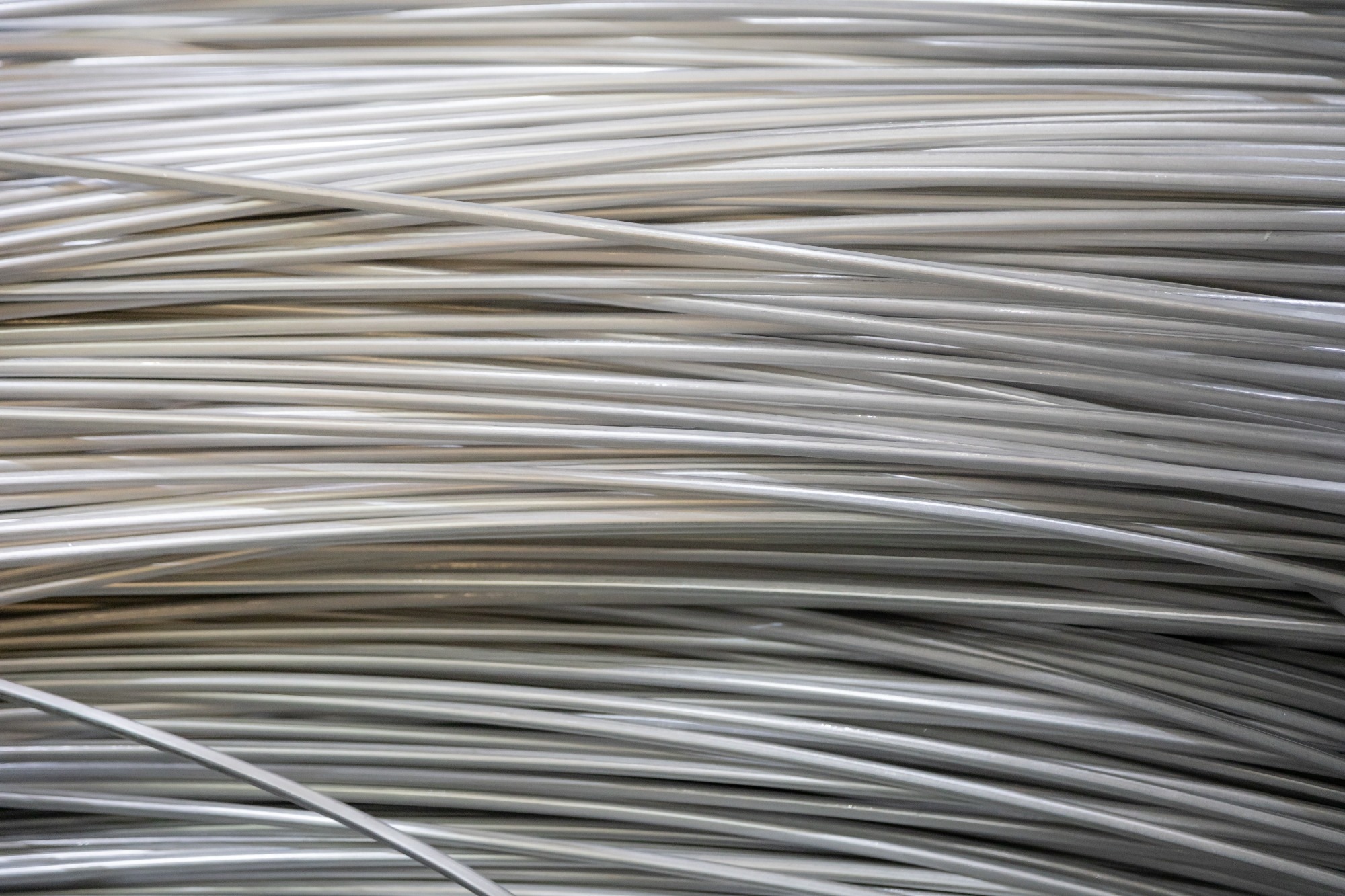A simple spin-coating process replaces an insulating layer with a conductive one, improving durability and efficiency in flexible electronics.

Study: Improving the Conductivity and Stability of Silver Nanowires Through Spontaneous Ligand Exchange for Joule Heating. Image Credit: Bokeh Blur Background/Shutterstock.com
Researchers at UNIST have introduced their straightforward yet efficient technique to substitute the insulating layer polyvinylpyrrolidone (PVP) that envelops silver nanowires (AgNWs), resulting in significantly enhanced electrical conductivity and improved durability.
This breakthrough may aid in the advancement of flexible, foldable, and rollable electronic devices using AgNW transparent electrodes. The study was published in Angewandte Chemie International Edition.
AgNWs are metallic filaments thousands of times thinner than a human hair, which are organized into a network that facilitates electrical conduction while allowing light to pass through. This makes them well suited for use in transparent electrodes in flexible electronic devices.
However, during the fabrication process, PVP is used to enhance the growth of nanowires by encapsulating their surfaces. But PVP also functions as an insulator, which hinders the efficient electrical conduction and raises the overall resistance of the electrode.
The UNIST research team developed a technique to straightforwardly exchange PVP with ethylene glycol (EG) through a simple solution process.
By submerging the AgNWs in an EG solution and rapidly spinning them, the PVP coating is eliminated, allowing for the formation of a new conductive layer. This layer not only improves electrical pathways but also safeguards the nanowires against moisture and enhances transparency.
We considered various physicochemical properties such as viscosity, volatility, and hydrogen-bonding ability of potential replacement ligands. This comprehensive approach allowed us to develop an effective ligand exchange technique.
Tae-Hyuk Kwon, Professor and Study Lead, UNIST
The replacement of PVP led to a 43 % decrease in electrical resistance, effectively nearly doubling the conductivity.
In addition, the modified electrodes exhibited sustained high performance even in extreme conditions, at 85 °C and 85 % humidity, and displayed a slight enhancement in light transmittance, facilitating the creation of brighter, more transparent electrodes.
Using these enhanced electrodes, the team developed transparent heaters that exhibited over 35 % improved heating performance compared to traditional AgNW heaters.
With resistance lowered, these heaters were able to achieve temperatures of 140-145 °C within merely six minutes of activation, exceeding the former maximum of 102 °C.
While traditional power cables are protected by external insulations to ensure electrical stability, the insulating PVP coating on AgNWs posed a challenge by increasing resistance. The new ligand exchange method provides a simple, scalable solution without complex processing or high-temperature treatments. This technology has great potential for applications in flexible displays, wearable sensors, electronic paper, and transparent heating devices in next-generation electronics.
Dr. Ji Hoon Seo, Korea Electric Power Research Institute (KEPRI)
Journal Reference:
Kwon, J., et al. (2025) Improving the Conductivity and Stability of Silver Nanowires Through Spontaneous Ligand Exchange for Joule Heating. Angewandte Chemie International Edition. DOI: 10.1002/anie.202518337. https://onlinelibrary.wiley.com/doi/abs/10.1002/anie.202518337